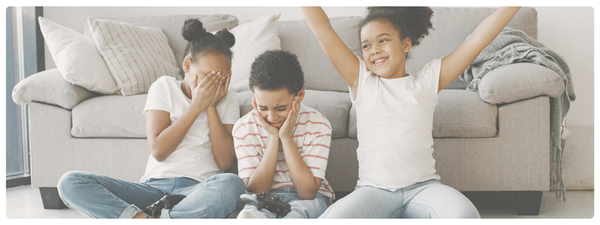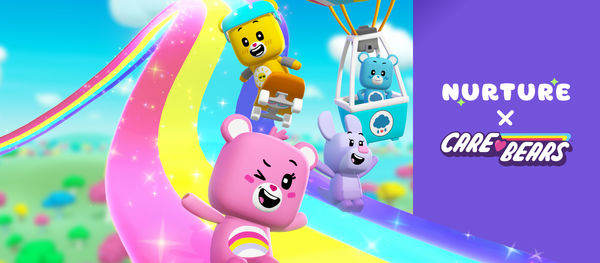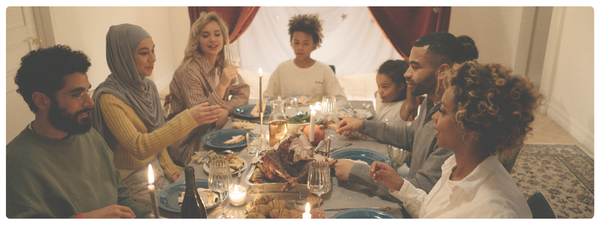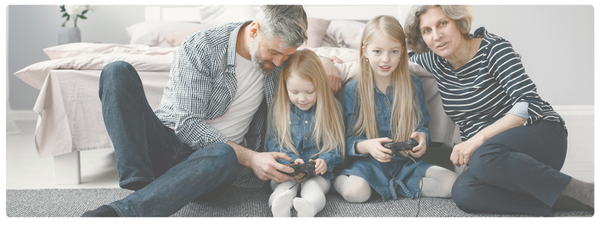Every parent knows the scene: your child melts down over a toy, a sibling squabble, or a sudden change of plans. Their little bodies and big emotions collide, and you’re left wondering how to guide them through it without losing your own cool.
That’s where emotional regulation comes in. For young kids, learning how to recognize, express, and manage their emotions is the most important skill they can learn. Being able to ground themselves and express their needs the sets the stage for resilience, healthy relationships, and school success.
Emotional regulation is not a personality trait kids either “have” or “don’t have.” It’s a skill that develops with practice, guidance, support, and time. With the right tools and a dose of patience parents can help children build the foundation they need to handle life’s ups and downs.
This article explores what emotional regulation is, why it matters for kids ages 4–7, and how you can use a simple toolkit of activities to nurture it at home.
What Is Emotional Regulation? (And Why It Matters for Kids 4–7)
At its core, emotional regulation is the ability to recognize, understand, and manage emotions in ways that are appropriate and effective.
Picture the most grounded and well-adjusted person you know. Someone who, no matter what life throws at them, are able to:
- Calm themselves
- Ask for what they need from others
- Work with others to face their challenges.
They didn’t start out that way!
Like every skill, emotional regulation is a learned behavior. At every age we can learn new tools to help us respond to unexpected situations and setbacks.For a 5-year-old, this might look like taking deep breaths instead of hitting when they’re frustrated.
Between ages 4 and 7, children are developing:
- Self-control: the ability to pause before reacting
- Flexibility: adjusting when things don’t go as planned
- Empathy: noticing and responding to the feelings of others
Research shows that children who learn these skills early are better equipped for academic achievement, social success, and mental well-being later in life (Harvard Center on the Developing Child, 2023).
Think of emotional regulation as a muscle. With consistent practice, it grows stronger. Without support, it can feel weak or unreliable. That’s why intentional teaching — not just hoping kids “figure it out” — is so critical.
Co-Regulation Comes First
Here’s the key: before kids can self-regulate, they need co-regulation. This means leaning on caregivers to model calm, provide structure, and guide them through overwhelming moments.
Examples of co-regulation include:
- Modeling calm: taking a slow breath and speaking softly when your child is upset
- Narrating feelings: saying, “I can see you’re frustrated because the blocks fell down”
- Offering structure: creating predictable routines so kids feel safe and secure
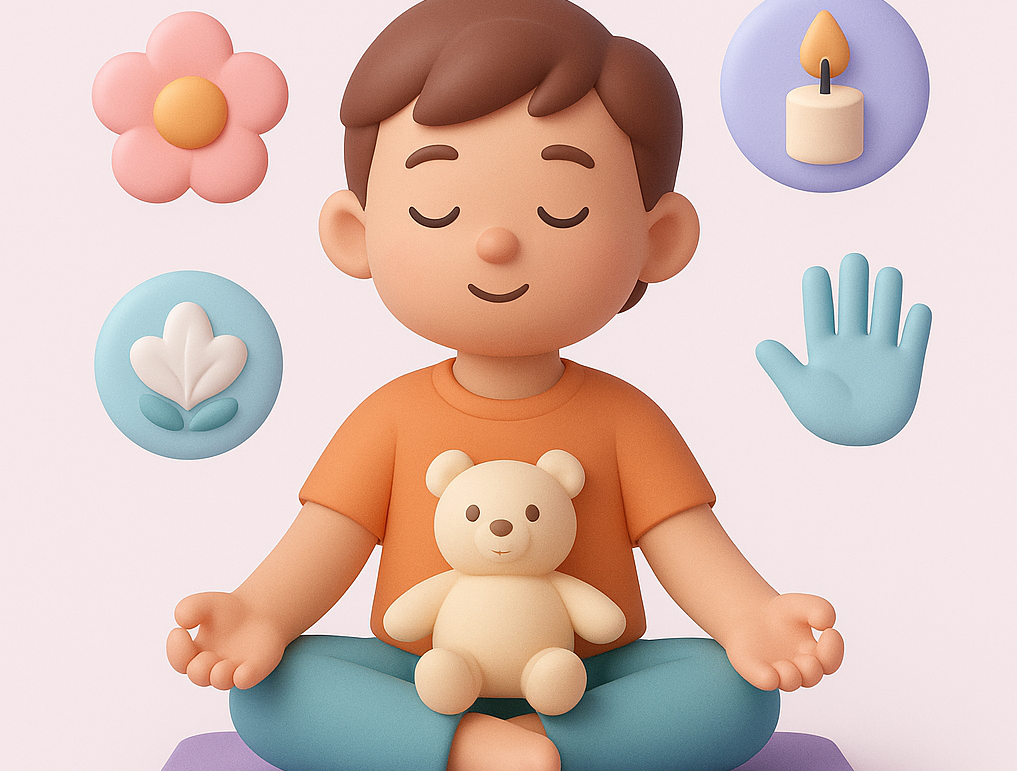
The American Psychological Association emphasizes that young children regulate best when adults act as emotional anchors. By practicing co-regulation consistently, parents give kids the tools they’ll later use independently.
The Emotional Regulation Toolkit: Activities Kids Can Learn and Use
Below is a set of simple, playful activities you can introduce at home. Each builds awareness, offers calming strategies, and helps kids feel more confident in managing their emotions.
Breathing & Mindfulness Tools
Here are a few actions that can help slow down, center on breathing, and check in on the whole self.
Belly Breathing
Have your child place a stuffed animal on their belly. Watch it rise as they inhale and fall as they exhale. This gives kids a concrete, visual way to understand slow breathing and body calm.
Five-Finger Breathing
Guide your child to trace each finger with their opposite hand — inhale going up, exhale going down. This combines touch and breath, making regulation more engaging for younger kids.
Smell the Flower, Blow the Candle
Pretend to smell a flower (inhale) and gently blow out a candle (exhale). This uses imagery kids relate to, reinforcing the inhale/exhale rhythm.
Movement & Sensory Grounding
Activating the body, connecting it with mental awareness, and embracing a bit of humor is a fantastic way to regulate emotions.
Animal Walks
Ask kids to stomp like elephants, hop like bunnies, or crawl like bears. These movements burn off physical tension while connecting movement with mindfulness. It also helps reset emotions with a bit of silliness.
Tense and Relax
Squeeze fists or shoulders tight for a few seconds, then release. This teaches kids to notice the difference between tension and calm. Expand the practice to the whole body for even more relaxation, especially before bed.
Balloon Arms
Pretend arms are balloons filling with air on inhale, deflating on exhale. This simple, mechanical movement encourages body awareness and full-body breathing.
Five Senses Check-In
Ask your child to name one thing each that they see, hear, smell, touch, and taste. This brings attention to the present moment, a classic grounding exercise.
Creative & Imaginative Tools
Sometimes, all it takes is a little bit of redirection. When we help kids break up strings of emotional thoughts, unlock their imagination, and empower creativity, we help them become calmer and more focused in that moment.
Magic Bubble
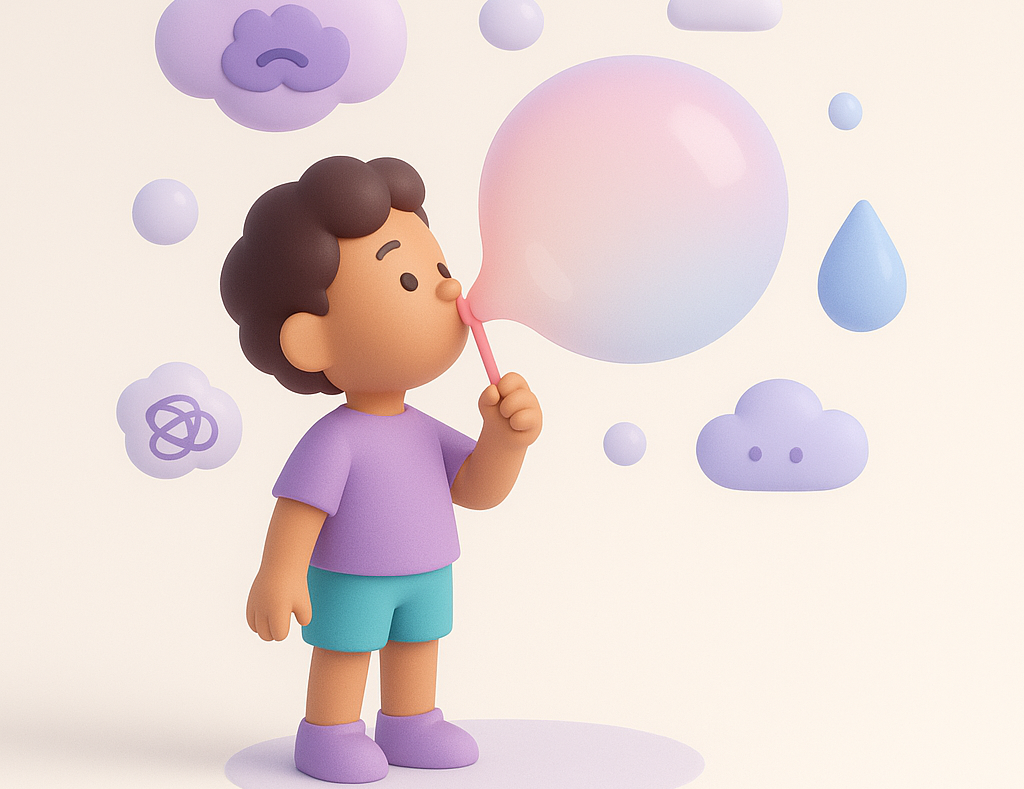
Imagine blowing worries into a bubble and watching them float away. This gives a playful, symbolic outlet for releasing stress.
Cloud Watching
Lie on the grass and notice cloud shapes together. Obviously, this works best when you’re outdoors! Even just lying on the grass — grounding — has its own benefits. This helps promote relaxation, imagination, and quiet observation.
Color Your Feelings
Invite kids to draw their emotions using shapes and/or colors. The picture book Niko Draws a Feeling is a great storytelling accompaniment to teaching this skill. Coloring offers a safe, expressive way to externalize big feelings.
Gratitude Practice
Simply share one thing you’re grateful for at the end of each day. By building this practice proactively, it becomes easier to recall together after a frustrating or difficult moment. This helps shift focus from stress to positive experiences.
Everyday Mindfulness
Emotional regulation is like a muscle that grows with exercise and practice. These methods help incorporate it into every day. Try it — and watch the emotional growth compound.
Mindful Eating
Eat a small snack slowly, noticing taste, texture, and smell. Point out big and small differences between different foods on the plate. This builds focus and awareness in everyday routines.
Listening to a Chime or Bell
Ring a bell or play a chime, and have your child listen until the sound disappears. This strengthens attention and patience. It also helps kids embrace the moment, flexing their patience.
Naming Emotions in Real Time
Encourage your child to say, “I feel mad,” or “I feel tired,” in the moment. These don’t always have to be negative or challenging emotions, either. It’s just as important to recognize the good, enjoyable emotions as it is the challenging ones. This increases emotional vocabulary and self-awareness.
Digital Extensions: Using Technology to Support Regulation
Screens can also be allies in emotional regulation. Used intentionally, digital tools give kids practice spaces for calming strategies.
Kids can imagine they are a character in a video game with certain tools at their disposal. When they feel upset, kids choose a tool (like deep breathing or bubble blowing) to help their “character” calm down. This reinforces agency and recognition, but presents it as a fun, gamified process that isn’t obviously about their own emotions.
Children may also benefit from biofeedback, specific emotional regulation, mindfulness, and meditation apps. A smartwatch can help guide breathing and blood pressure. In Nurture, characters use a big pulsing heart animation to visualize taking slow breaths and calming themselves down.
Even playing games together — co-play — is a great form of emotional regulation. You can help kids manage their emotions right in the moment, and they can witness your own emotional modeling when you win, lose, or get frustrated.
Tips for Caregivers: Helping Kids Use Their Toolkit in Real Life
Remember that emotional regulation is a journey — about progress, not perfection. The best thing you can do is model proper emotional regulation, and that probably means kickstarting your own journey.
You can also try to:
- Create a calm corner: Stock it with sensory items, books, or a cozy chair
- Practice preventively: Try activities during neutral times, not just meltdowns
- Celebrate effort: Praise your child for trying, even if it doesn’t “work” every time
It’s not always easy. Dysregulation is part of development, of course. But at times, or in more advanced emotional situations, you might want to reach out for help. If your kids
- Frequently melts down beyond what’s expected for their age
- Struggles to recover even with support
- Has big feelings interfering with school or relationships
… then it may be time to seek additional help. A school counselor, pediatrician, or child psychologist can guide you toward resources.
Building Lifelong Emotional Skills
Helping kids regulate their emotions isn’t about preventing every tantrum or outburst. It’s about equipping them with tools they can use across a lifetime.
When you model calm, introduce playful strategies, and provide a safe space for practice, you give your child more than coping skills — you help them develop the confidence to practice their agency. And with their sense of agency and ability to self-regulate comes resilience, empathy, and the ability to thrive in school, friendships, and beyond.
The toolkit doesn’t just benefit kids. It makes parenting calmer, too. When both kids and caregivers have strategies for managing big feelings, home becomes a more peaceful, connected place.
FAQs for Kids’ Emotional Regulation
What are some easy emotional regulation activities for kids?
Breathing exercises, animal walks, drawing feelings, and gratitude practices are simple entry points.
How can I teach emotional regulation to a 5-year-old?
Use playful tools like belly breathing with a stuffed animal, emotion cards, or guided imagery. Model the strategies yourself.
What’s the difference between emotional regulation and self-regulation?
Emotional regulation is the broader skill of managing emotions. Self-regulation is applying those skills independently — usually built after lots of co-regulation with adults.
Can mindfulness really help kids calm down?
Yes. Studies show mindfulness improves kids’ focus, mood, and stress recovery. Simple practices like mindful eating or chime listening make it accessible.
How can I support my child during a tantrum?
Stay calm, acknowledge their feelings, and offer a familiar toolkit strategy (like deep breathing or squeezing a stress ball). Save teaching moments for after the storm passes.

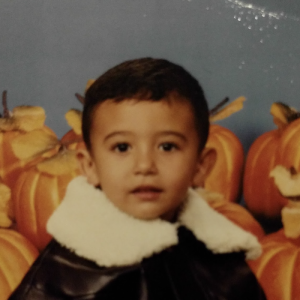
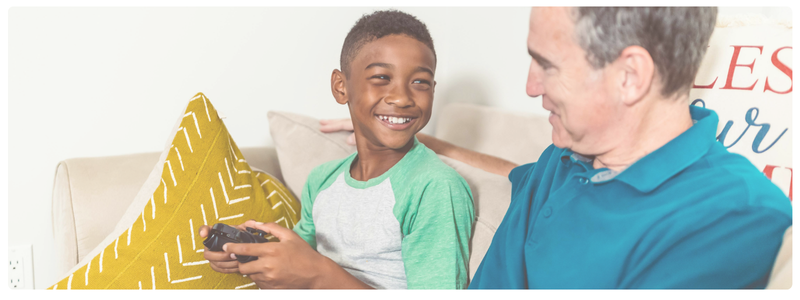

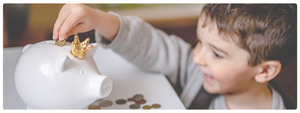
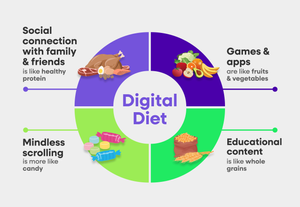
 Copy Link
Copy Link
 Share
to X
Share
to X
 Share
to Facebook
Share
to Facebook
 Share
to LinkedIn
Share
to LinkedIn
 Share
on Email
Share
on Email
